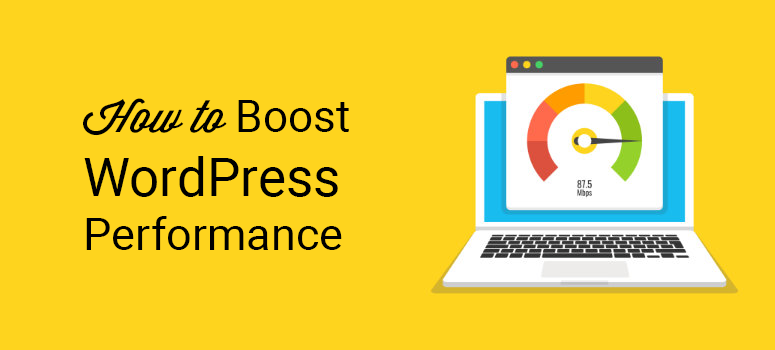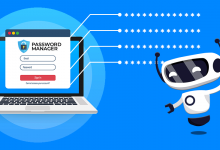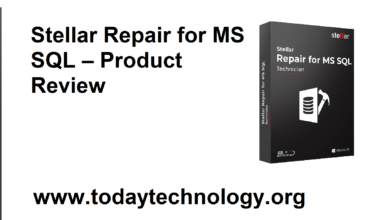
Whether you’re running a WordPress website for your blog or you’ve got to manage a professional business through the platform, the easiest way to lose viewers is through slow performance. There is nothing more frustrating than trying to view a website that takes forever to load. For some sites, making quick fixes can drastically help improve the loading speed. If you’ve noticed your website seems to be lagging, try the following steps:
Table of Contents
Limit the Number of Plugins
The majority of all plugins are pretty simple. Some complex plugins, however, can put excessive load on the backend, slowing down the website. It’s always good to stick with needed plugins for the website and avoid activating plugins that aren’t necessary to function. It’s also a wise idea to go through and remove any unwanted plugins, as these will add to the amount on your server, including the backup files.
Always Reduce Your Image Sizes
One of the most significant contributors to a slow site, large photo files can cause serious delays with loading. There needs to be a reduction of the photo size without sacrificing the quality of the image. Whether you choose to update the photo size manually or through a plugin is up to you. Once you’ve updated the file sizes, make sure the old photos are replaced and removed from the site’s backend.
Investigate Your Hosting Provider
Without a decent hosting provider, your site’s speed may never be optimized. That’s because most hosting providers offer shared hosting, which splits the server among countless websites. When there are peak times, the server becomes bogged down and slows due to traffic. If you’re running a WordPress website, look into specified hosting platforms, like those offered through GreenGeeks.ca WordPress Hosting. With servers optimized to host WordPress sites, you’ll be optimized for speed without paying a fortune.
Limit the Number of Comments per Page
While we all want interaction on our website, having too many comments per page can significantly impact page load time. To limit the number of comments, visit the Discussion section under WordPress settings. You’ll want to ensure that the “Break comments into pages” option is checked. Finally, you can choose the number of comments to choose per page.
Stick with Lightweight Themes
If your theme is heavy on dynamic elements (like sliders, social icons, and widgets), there’s a good chance the webserver loading times will take a hit. That’s because these dynamic elements require time to load by unpacking the extra coding. In addition, many of these themes also require several plugins, which can also decrease your site speed. Your site will load faster by sticking with lightweight themes (ones without tons of dynamic elements).
Stop Revising Your Posts
Your WordPress database keeps track of your previous versions of posts, which can accumulate clutter over time. Every time you revise your post, the database tracks these changes and increases the amount of data required to load. To prevent this, you can either go into your database and manually clean it or limit the number of revisions posted on the website. Always make sure the posts you publish are ready for viewing, complete with images, headers, and backlinks. If the content you’ve previously shared is out-of-date, update the content as a new post to reflect the changes.
Check Your Version of PHP
Responsible for the server-side scripting language, PHP is responsible for managing e-commerce sites, databases, session tracking, and dynamic content. To ensure you’re running the latest version, visit the tools setting on the backend of WordPress. From there, you’ll be able to see the version your site is currently running. If your site isn’t optimized, update the PHP. Always make sure to back up your website before updating the PHP in case an issue occurs with the code.
Follow TodayTechnology for more!







